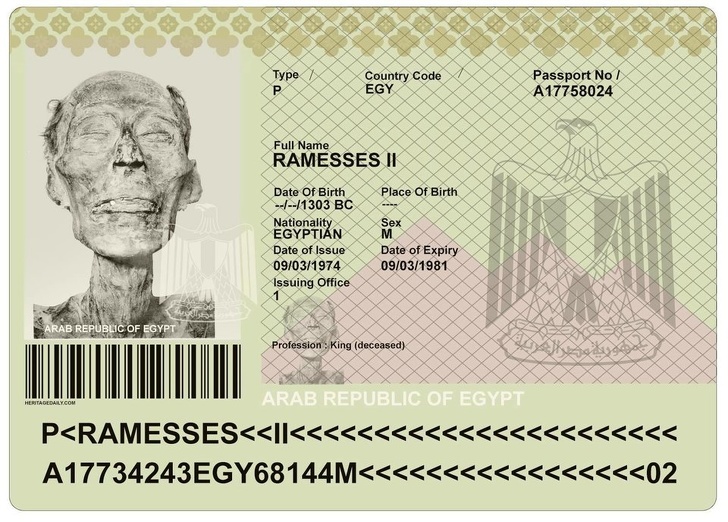
Przewalski's horse, Equus przewalskii or Equus ferus przewalskii
Przewalski's horse, the horse that came back from extinction, is also called the Mongolian wild horse or Dzungarian horse. This horse is a rare and endangered horse native to the steppes of central Asia.
Actually this horse at one time went extinct in the wild as it's native land, Mongolia, the last wild Przewalski's horses had been seen in 1966.
SInce then the horses have been reintroduced at the Khustain Nuruu National Park, Takhin Tal Nature Reserve, and Khomiin Tal, in it's native habitat in Mongolia.
The taxonomic position of the Przewalski's horse, is still being debated, thus the two scientific names. Some taxonomists treating Przewalski's horse as a species, E. przewalskii, others as a subspecies of wild horse (E. ferus przewalskii) or a feral variety of the domesticated horse (E. f. caballus).
Common names for this equine include takhi, Asian wild horse, and Mongolian wild horse. The Przewalski's horse got it's name from the Russian geographer and explorer Nikołaj Przewalski.
Most wild horses today, such as the American mustang or the Australian brumby, are actually feral horses descended from domesticated animals that escaped and adapted to life in the wild. Przewalski's horse has long been considered the only 'true' wild horse extant in the world today, never having been domesticated. However, a 2018 DNA study suggested that modern Przewalski's horses may descend from the domesticated horses of the Bota.



